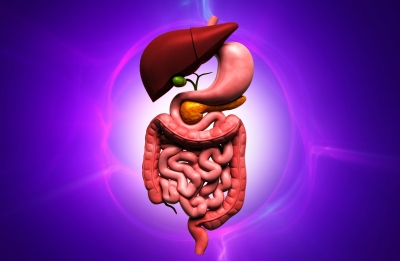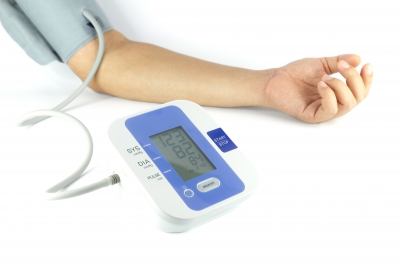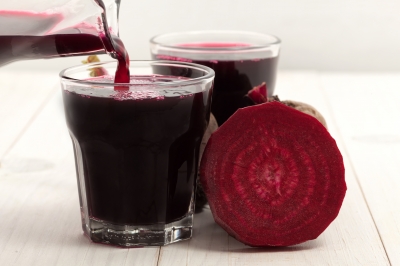How to Reduce Stress When You Don’t Have Time for Activity
 When you are stressed your body releases stress hormones to prepare the body for “fight of flight”. This hormone release causes heart rate to increase and blood vessels to constrict. The combination leads to elevated blood pressure. With short term stress, this is a temporary rise in blood pressure that resolves itself once the stressful situation is resolved.
When you are stressed your body releases stress hormones to prepare the body for “fight of flight”. This hormone release causes heart rate to increase and blood vessels to constrict. The combination leads to elevated blood pressure. With short term stress, this is a temporary rise in blood pressure that resolves itself once the stressful situation is resolved.
But what about when you live with chronic stress?
There is no direct scientific link between chronic stress and high blood pressure. However, stress is connected to many behaviors directly tied to high blood pressure and heart disease, such as consuming alcohol, lack of sleep, and overeating.
Physical activity for stress relief… but what if you don’t have time?
Being physically active is a proven method you can use to reduce stress levels. Activity triggers the brain to release “feel-good” chemicals to ease stress. Exercising and being active are also proven ways to lower blood pressure.
However, time and location may not always be conducive to employ activity to lower stress levels. Here are ten alternate techniques for reducing stress.
- Eat a healthy diet
- Avoid alcohol
Include foods rich in vitamins and minerals to counteract stress, such as fresh vegetables, fresh fruits, fish, and yogurt.
This potential short term “fix” to alleviate stress can quickly turn into a long term problem.
Continue reading
An Alternative Method to Help Lower Blood Pressure
Article provided by guest contributor, Diane Isaac.

With high blood pressure being a major problem for people across the world, some readily available alternatives to lower blood pressure are often overlooked. This article will look at one particular method, which can help the overall wellbeing of individuals while also aiding to bring down their blood pressure.
While regular exercise without doubt helps lower blood pressure, using a sauna frequently has also been proven to aid in reducing blood pressure as well as reducing the chances of fatal cardiac events.
A study by Jari A. Laukkanen, M.D., Ph.D., working out of the University of Eastern Finland, Kuopio found that there’s an “association between sauna bathing and the risk of SCD, fatal coronary heart disease (CHD), fatal CVD and all-cause mortality in a group of 2,315 middle-aged men (42 to 60 years old) from eastern Finland.” The study concluded from its results that the men that visited saunas three times a week had a longer lifespan that those who didn’t, and had less cardiac problems later in life.
Heart Health: Demystifying Blood Pressure

Infographic courtesy of Arxan Technologies.
Can Probiotics Lower Cholesterol Levels?

Understanding gut bacteria and how they impact metabolism, heart disease, diabetes, and obesity may provide new treatment options.
Trillions of bacteria and other microbes live within our gut. This microbiome is necessary to neutralize by-products of digestion, decrease toxins and carcinogens, and inhibit the growth of unhealthy bacteria and yeast. The microbiome also aids in the absorption of nutrients, supports the digestive process, and produces vitamins B and K.
Research published in the journal Circulation Research found the microbiome may also play a role in body mass index (BMI) and blood lipid levels (i.e. HDL and triglycerides).
Continue reading
Aggressively lower blood pressure to reduce heart disease risk 33%

One out of three U.S. adults, 33 percent, have high blood pressure. This equals around 70 million Americans.
About 65 percent over the age of 60 have high blood pressure.
High blood pressure increases your risk for heart disease and stroke. These are two leading causes of death in the U.S.
What is high blood pressure?
High blood pressure is defined as having a blood pressure at or above 140/90 mm Hg.
140 (top number) is your systolic reading.
90 (bottom number) is your diastolic reading.
Current guidelines for treating high blood pressure are to lower systolic blood pressure to below 140 mg Hg and below 130 mm Hg for adults with kidney disease or diabetes. The most commonly prescribed treatment is blood pressure medication, which can be effective, but includes potential side effects.
Would the benefits of lower blood pressure guidelines outweigh the cons associated with more aggressive treatment and higher medication dosage?
The Systolic Blood Pressure Intervention Trial (SPRINT) began in the fall of 2009, including 9300 participants 50 years of age or older. It is worth noting 28% of participants were over the age of 75. SPRINT is the first study to investigate the impact of maintaining a systolic blood pressure at a lower level than current guidelines and the impact on cardiovascular and kidney disease.
SPRINT investigators divided participants into two groups.
Increase Nitric Oxide and Decrease Blood Pressure with Beetroot Juice
 There are many heart disease risk factors, such as high blood pressure and high cholesterol, associated with low nitric oxide levels.
There are many heart disease risk factors, such as high blood pressure and high cholesterol, associated with low nitric oxide levels.
Nitric oxide has many bodily functions, include vasodilation of blood vessels to govern blood pressure.
It was previously believed nitric oxide was only produced via oxidation of L-arginine, an amino acid, in the presence of oxygen. New research has confirmed a second pathway for increasing nitric oxide levels. This second pathway is the conversion of nitrates to nitrite to nitric oxide.
Vegetables are a source of nitrates.
Approximately 85% of dietary nitrate comes from vegetables. The remaining 15% from drinking water. When you consume dietary nitrates, they are absorbed in the stomach and small intestine. Of the ingested nitrates, about 25% is extracted by the salivary glands and concentrated in saliva. It is an enzyme on the surface of the tongue that converts nitrate to nitrite. When the nitrite in saliva is then swallowed it is converted to nitric oxide by the acidic environment of the stomach.
To restate: Nitrate in food becomes nitrite in saliva which then converts to nitric oxide in the stomach.
Nitric oxide obtained from dietary nitrate sources, such as vegetables, provides an alternate treatment plan for increasing protective nitric oxide levels.
Beetroot juice lowered systolic blood pressure 10.4 mm Hg and diastolic blood pressure 9 mm Hg 2.5 – 3 hours after ingestion.
Continue reading



